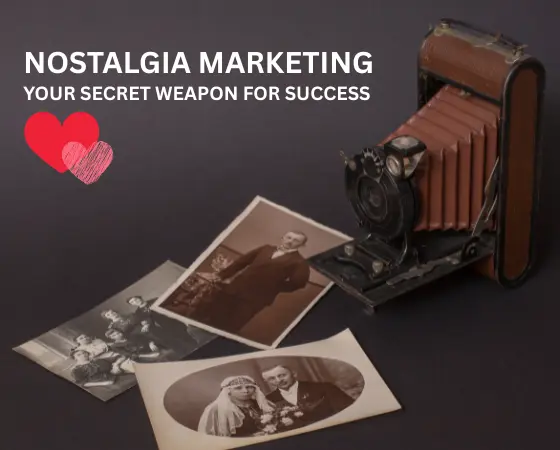
Why Nostalgia Marketing is Your Secret Weapon for Success
Last week, I saw the classic Nirma soap ad starring Sonali Bendre while scrolling through my Instagram feed. In seconds, I was transported back to childhood, sitting cross-legged before our family TV, completely captivated by that familiar jingle.
This instant emotional connection shows why nostalgia marketing works so well.
The jingle was stuck in my head for hours. I smiled recalling Sunday mornings with my family. This intense response was not merely about personal memories.
It was a masterclass in emotional marketing. Brands can employ this kind of advertising to leave a lasting impression.
The Power of Looking Back

Nostalgia marketing brings brands and customers together through shared memories. It’s an effective tool that resonates on a deep emotional level.
When we are nostalgic, our brains release dopamine. This makes us happy. These good feelings influence the way we shop.
The neuroscience of memory-driven marketing explains why nostalgia works so well. A study from the Amity Journal of Management indicates that nostalgia makes people recall brands more effectively than other feelings.
When marketers use triggers from specific time periods, they connect with what psychologists call ‘autobiographical memories.’ These are important moments that shape our identity. These memories create sentiment-driven consumer decisions that bypass rational evaluation and connect directly to purchasing behavior.
Statista found that 92% of people think nostalgic ads feel more relatable. This makes sense. We connect with brands that remind us of happier times.
Throwback marketing succeeds precisely because it activates multiple psychological triggers in marketing simultaneously. Beyond dopamine, nostalgia activates the amygdala and hippocampus—brain regions associated with emotional memory and attachment. This neurological response explains why consumers form stronger bonds with brands that reference their formative experiences.
Why Customers Respond to Nostalgia
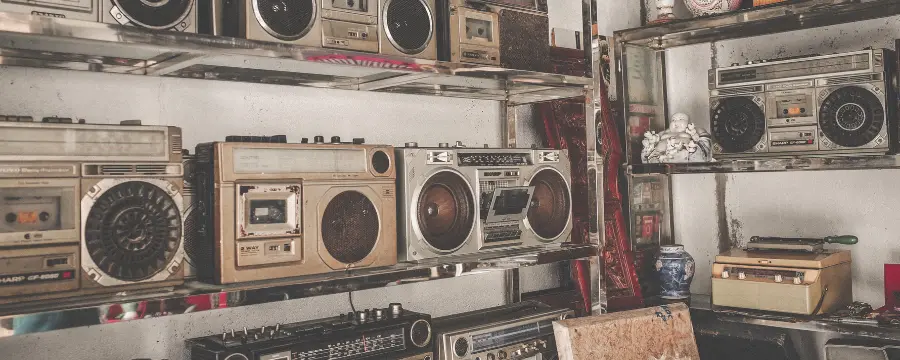
People make buying choices based on feelings, not just facts. This is key to understanding consumer behavior.
Marketing psychology professor Dr. Sedikides puts it simply: “Nostalgia helps us during hard times by giving life more meaning.”
When life feels uncertain, we look for comfort in familiar things. Smart brands use this to solve customer pain points like stress or disconnection.
Past-meets-present branding succeeds by honoring heritage while demonstrating relevance. This delicate balance creates emotional resonance in advertising that pure innovation-focused campaigns often miss.
Research from the University of Vermont shows that nostalgic campaigns get more engagement and stronger purchase intent. This is especially true during tough economic times when consumers look for reassurance. This explains why heritage marketing surges during periods of societal uncertainty.
Nostalgia builds trust and familiarity in marketing. Trust leads to brand loyalty and more repeat purchases.
Marketing to emotions through nostalgia creates a competitive advantage that’s difficult to replicate. While price and features can be matched, the emotional connection formed through shared memories remains unique. This is particularly evident in cross-generational marketing campaigns that create conversation between different age groups, extending brand relevance across demographic boundaries.
Understanding these psychological principles helps explain why certain nostalgia campaigns deliver exceptional results. The most successful brands do more than mention the past. They use emotional triggers that connect to what consumers value and who they are.
Brands That Got It Right
Many companies have used nostalgia marketing to grow their market share. Nintendo sold millions of mini classic consoles. Adults rushed to replay the games from their childhood. This retro-marketing approach created huge sales.
Nostalgia marketing creates powerful emotional responses across cultures, as many case studies show. While approaches differ, successful campaigns strengthen connections with customers regardless of region.
While these industry giants demonstrate nostalgia’s power in their home markets, the emotional appeal of looking back transcends borders. Let’s explore how brands worldwide have customized nostalgia marketing to resonate with their unique cultural contexts.
Global Nostalgia Marketing Success Stories
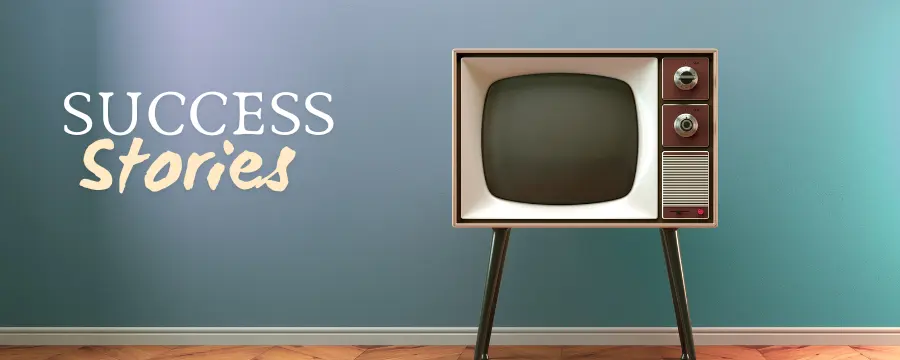
Effective nostalgia marketing transcends borders, with brand identity resonating through culturally specific memories:
- In Japan, Nintendo’s strategy goes beyond mini consoles. They have brought back classic games on modern platforms. This creates conversion rates that help connect different generations through shared gaming experiences.
- South Africa’s Castle Lager found success through heritage packaging, reintroducing 1960s designs that celebrated their role in national culture. Market research showed this approach particularly resonated with older consumers while educating younger audiences about the brand’s legacy.
- United Kingdom campaigns show great storytelling. Hovis’ ‘Go On Lad’ ad took us through 122 years of British history. Sainsbury’s used Roald Dahl’s BFG in their 2024 Christmas campaign. This connected nostalgic literature with their brand values.
- In Mexico, Kellogg’s showed cereal mascots El Tigre Toño®, Melvin®, and Sam el Tucán® in Monterrey’s city center. This created strong community engagement. It also spread to social media platforms, where people shared their personal memories.
- Malaysia’s PETRONAS used cultural nostalgia by featuring beloved singer Sudirman Arshad in their National Day film. This campaign went beyond advertising and became a celebration of shared national identity.
- In countries like China and Japan. Toys ‘R’ Us Asia has successfully shifted to the ‘kidult’ market. They have changed their products to attract adult shoppers looking for childhood comfort.
- Indian brands excel at this, too. Flipkart used the likes of Professor Virus from “3 Idiots,” Monisha and Maya in their ads. CRED featured Bollywood stars in retro-style ads. YouTube brought the iconic Komolika and Prerna pair once more. Mia featured Zeenat Aman dancing to the hit ‘Aap Jaisa Koi.’ They all went viral thanks to cultural nostalgia.
What makes these examples so effective is their ability to transform iconic brand moments into contemporary relevance. The most successful vintage advertising success stories don’t merely reference the past—they reinterpret it.
When Old Spice refreshed its brand, it smartly recognized its history. They demonstrated how old brands can honor their past without feeling limited by it. Their clever use of nostalgia in marketing, “The Man Your Man Could Smell Like,” greatly impacted their sales.
They aimed to increase body wash sales by 15%. However, by May 2010, sales of Old Spice Red Zone Body Wash had jumped by 60% from the year before. By July 2010, sales had doubled.
Pokémon GO shows how brands use nostalgia in new ways. It brought beloved characters into modern technology. This fresh take transformed the customer journey.
Paid ads that use nostalgia often do better than regular campaigns.
In my experience, even subtle nostalgic references can create a remarkable impact when done authentically. While working across distinctly different industries, I once incorporated a tagline inspired by Aishwarya Rai’s iconic ‘5 Problems, One Solution’ from L’Oréal Paris’ Total Repair 5 campaign.
The response was quick. Customers connected not only with our product but also with the familiar feelings the phrase brought. This cross-industry success shows how deeply nostalgic triggers embed themselves in consumer psychology and brand perception.
How to Use Nostalgia in Your Marketing
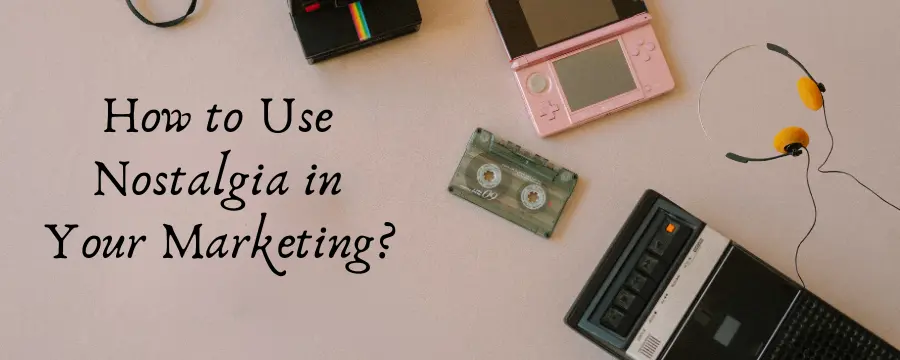
Want to try nostalgia marketing? Follow these easy steps:
- Know your target market first. Different age groups respond to different eras. Marketing to Millennials and Gen Z needs different references than appealing to older customers.
- Millennial nostalgia often focuses on early internet culture, 90s cartoons, and early 2000s technology. In contrast, Gen Z nostalgia looks back at pre-digital experiences and analog styles they never lived through. Marketers call this ‘borrowed nostalgia.’ Knowing these differences helps brands create better campaigns for each audience.
- Find the pop culture moments that defined your audience’s youth. The music, shows, and trends from their formative years will connect most deeply.
- Choose the right marketing channels for your nostalgic content. Social media works great for sharing throwback advertising.
- Keep it real. Don’t just copy old ideas—refresh them in ways that feel current. Emotional marketing works best when it feels genuine.
These tactical approaches give a good base. However, the best nostalgia campaigns go beyond simple references. They create strong and engaging stories. This is where the magic of storytelling amplifies nostalgia’s emotional impact.
Storytelling and Nostalgia: Perfect Partners

When you blend nostalgia with brand storytelling, you create strong connections. Stories help create a sense of shared history.
Effective nostalgic storytelling transforms passive consumers into active participants in your brand narrative. When customers see themselves in your timeline, you have done more than just marketing. You have validated their experiences and memories.
Emotional storytelling in marketing works because it reflects personal experiences. When people see their own memories in your brand’s message, they feel understood.
Brand stories with nostalgia help build deeper bonds with both new and existing customers. They create emotional ties that logical marketing can’t match.
Sensory marketing amplifies nostalgic storytelling by engaging multiple senses. The McDonald’s jingle, the shape of Coca-Cola bottles, and the smell of Play-Doh are sensory cues.
They can trigger strong memories. Brands that use multisensory elements in their nostalgic campaigns have more emotional engagement. This is comparable to those that only use visual cues.
However, even the most powerful storytelling techniques require careful navigation. Nostalgia can be very powerful in marketing. However, it also has risks that marketers need to avoid for success.
Avoiding Nostalgia Pitfalls
Not all nostalgic campaigns succeed. Remember these simple tips:
- Nostalgia differs across age groups. What moves one group might mean nothing to another. Know the generational influence on brand perception.
- Don’t rely only on past glory. Christie Hefner, former Playboy CEO, warns, “Any brand living off retro appeal is just going through a short second life cycle.”
- Mix nostalgia with fresh ideas. The best campaigns use emotional connections as a starting point, not the whole strategy.
- Be mindful of context. The past wasn’t perfect for everyone. Avoid glorifying problematic history in your vintage advertising.
- Rebranding with nostalgia requires careful navigation between honoring history and acknowledging progress. Successful nostalgia-based brand reinventions maintain core identity elements while updating problematic or outdated associations. This delicate balance, when executed well, can revitalize declining brands without alienating loyal customers.
The Future of Looking Back
Nostalgia marketing is evolving quickly.
- New tech allows for using AI to personalize consumer experiences based on their unique memories.
- “Digital nostalgia” is now emerging. Young consumers feel nostalgic about early internet styles and first-gen social media. This creates chances for reviving past trends for new audiences.
- Limited edition product launches with nostalgic designs drive massive customer engagement. Brands like Lego and Nike use this approach successfully.
- Heritage brands are finding new life through modern updates. Many companies gain fresh relevance by carefully updating classic designs and concepts.
The frontier of nostalgia-based brand reinventions extends beyond simple throwbacks. Industry leaders now leverage AI-driven nostalgic experiences that personalize content based on generational cohorts and individual histories. Personalized nostalgia marketing uses data analytics to determine which era-specific references resonate with different customer segments, creating tailored campaigns that feel uniquely relevant.
Modernizing classic brands through strategic nostalgia differs from simple retro reissues. Leading companies create comprehensive brand heritage strategies that leverage their history as intellectual property across touchpoints. This approach transforms nostalgia from a temporary campaign tactic into a sustainable competitive advantage, generating consistent returns through carefully managed heritage assets.
The integration of nostalgia across digital marketing channels creates cohesive campaigns that work across platforms. Top brands make sure their blog posts, social media content, and ads have a consistent nostalgic theme. They also adapt to the strengths of each medium.
Emerging technologies will shape the future of nostalgia marketing. However, brands can start using emotional memory now, without waiting for advanced AI. By applying fundamental nostalgia principles today, marketers can create meaningful connections that drive immediate business results.
Making Nostalgia Work for You
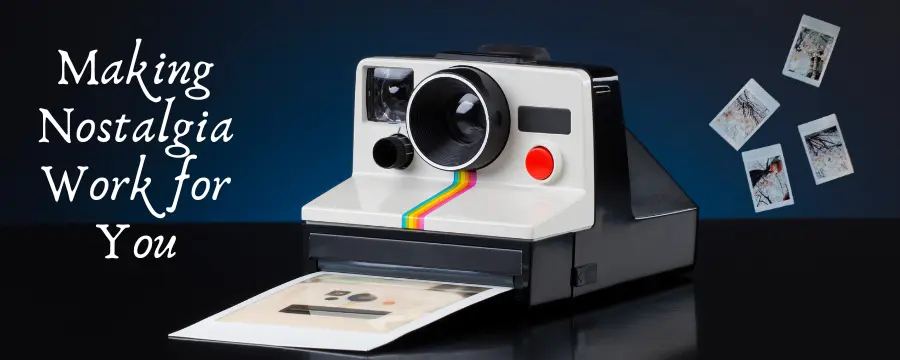
Nostalgia marketing succeeds because it links products to positive emotions. It turns ordinary products and services into meaningful experiences.
- Focus on real connections in your strategy.
- Use nostalgia to boost your content marketing, not replace it.
- Remember that today’s new products will be tomorrow’s nostalgia.
The best brands don’t just use the past—they create memorable moments that will resonate for years.
The way nostalgic advertising affects different generations keeps changing. Brands that understand how emotions drive purchasing decisions will stay ahead.
Just like that simple Nirma jingle took me back in time, your brand can connect the past and present. The best nostalgia marketing does more than remind customers of the past. It helps them find something they love and brings that feeling into their current relationship with your brand.
These global examples show that when customers feel connected to a brand, they build loyalty. This loyalty can lead to better business results.
If you could bring back one product or trend from the past, what would it be? Let’s hear your nostalgia wish list in the comments! Which bygone era holds the strongest marketing potential for your customer base?